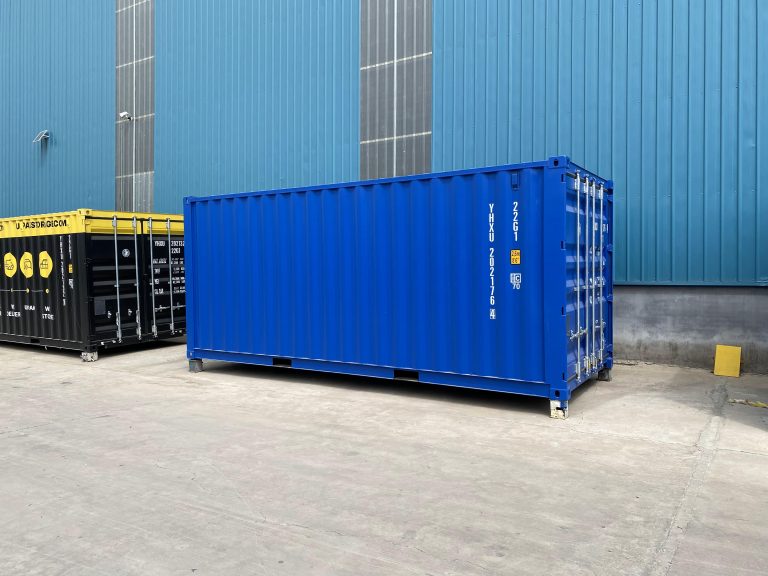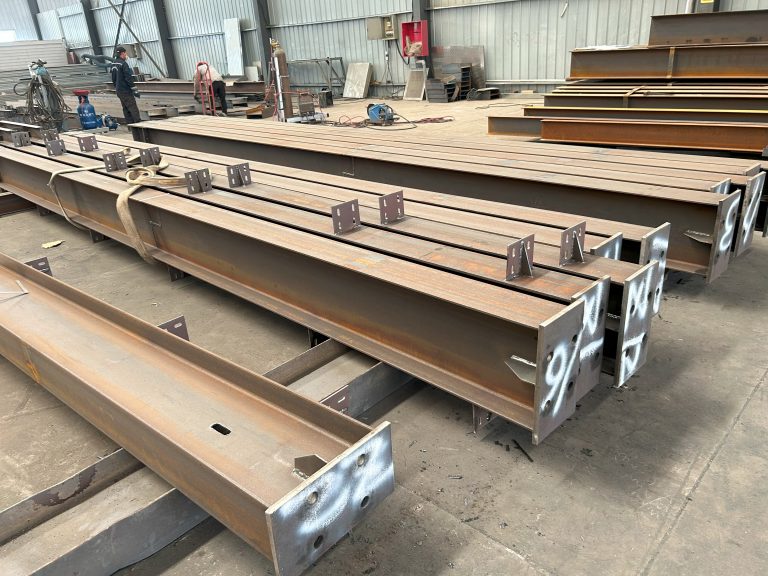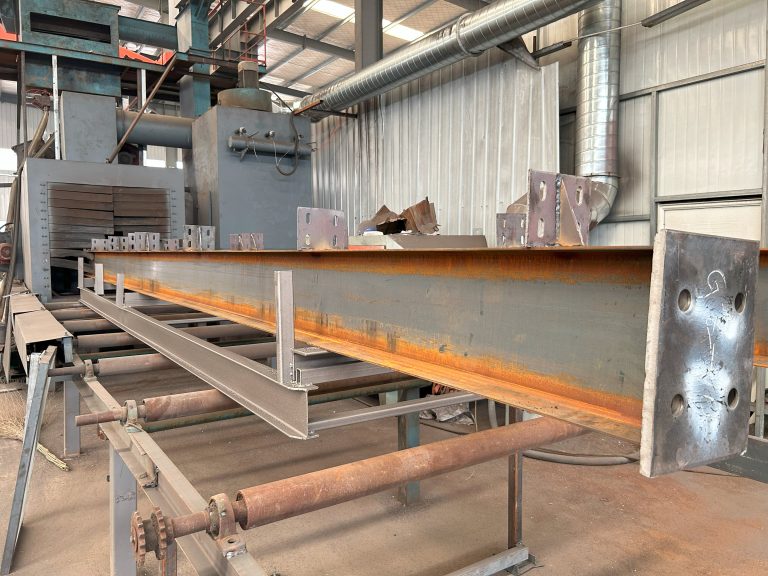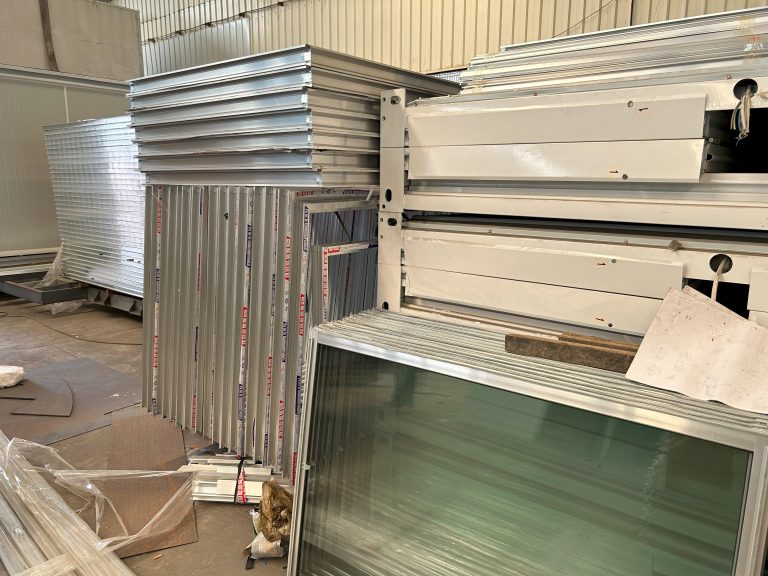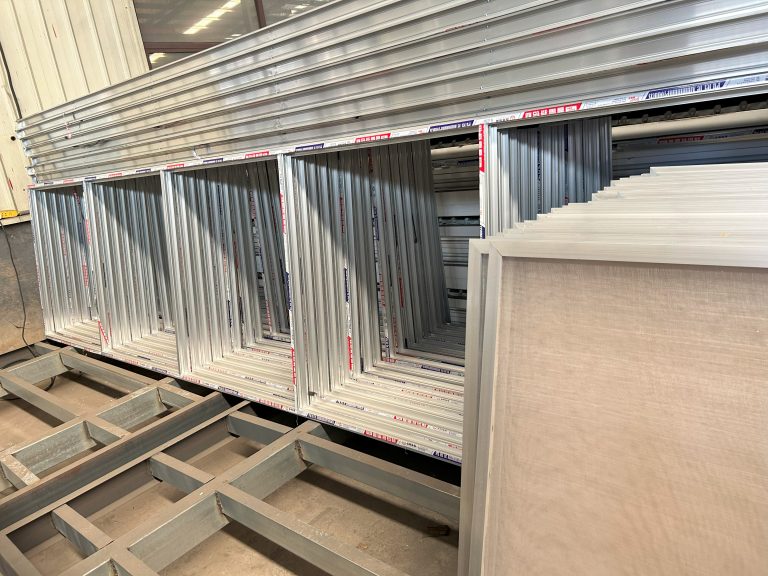Maintenance and anti-corrosion technology of steel structure building.
Table of Contents
Benefits of Regular Maintenance for Steel Structure Buildings
Steel structure buildings are a popular choice for many construction projects due to their durability, strength, and cost-effectiveness. However, like any other building material, steel structures require regular maintenance to ensure their longevity and structural integrity. In this article, we will discuss the benefits of regular maintenance for steel structure buildings and the importance of anti-corrosion technology in preserving these structures.
Regular maintenance of steel structure buildings is essential to prevent corrosion, which is one of the most common issues that can affect the structural integrity of steel. Corrosion occurs when the steel is exposed to moisture and oxygen, leading to the formation of rust. Over time, rust can weaken the steel and compromise the stability of the building. By conducting regular inspections and maintenance, building owners can identify and address any signs of corrosion before it becomes a major problem.
In addition to preventing corrosion, regular maintenance can also help to identify other issues that may affect the structural integrity of the building. For example, cracks in the steel beams or columns, loose connections, and other structural defects can be identified and repaired during routine maintenance inspections. By addressing these issues early on, building owners can prevent more serious problems from developing and ensure the safety of the building’s occupants.
Another benefit of regular maintenance for steel structure buildings is that it can help to extend the lifespan of the building. By keeping the steel components in good condition, building owners can avoid the need for costly repairs or replacements in the future. This can save both time and money in the long run, as well as ensure that the building remains safe and structurally sound for many years to come.
One of the key components of maintenance for steel structure buildings is the use of anti-corrosion technology. Anti-corrosion technology includes a variety of methods and materials that are designed to protect steel from the effects of corrosion. These can include coatings, paints, and other treatments that create a barrier between the steel and the elements, preventing moisture and oxygen from coming into contact with the steel surface.
One of the most common methods of anti-corrosion protection for steel structure buildings is the use of protective coatings. These coatings are applied to the steel surface to create a barrier that prevents moisture and oxygen from reaching the steel. By regularly applying these coatings and ensuring that they are in good condition, building owners can effectively protect their steel structures from corrosion and extend their lifespan.
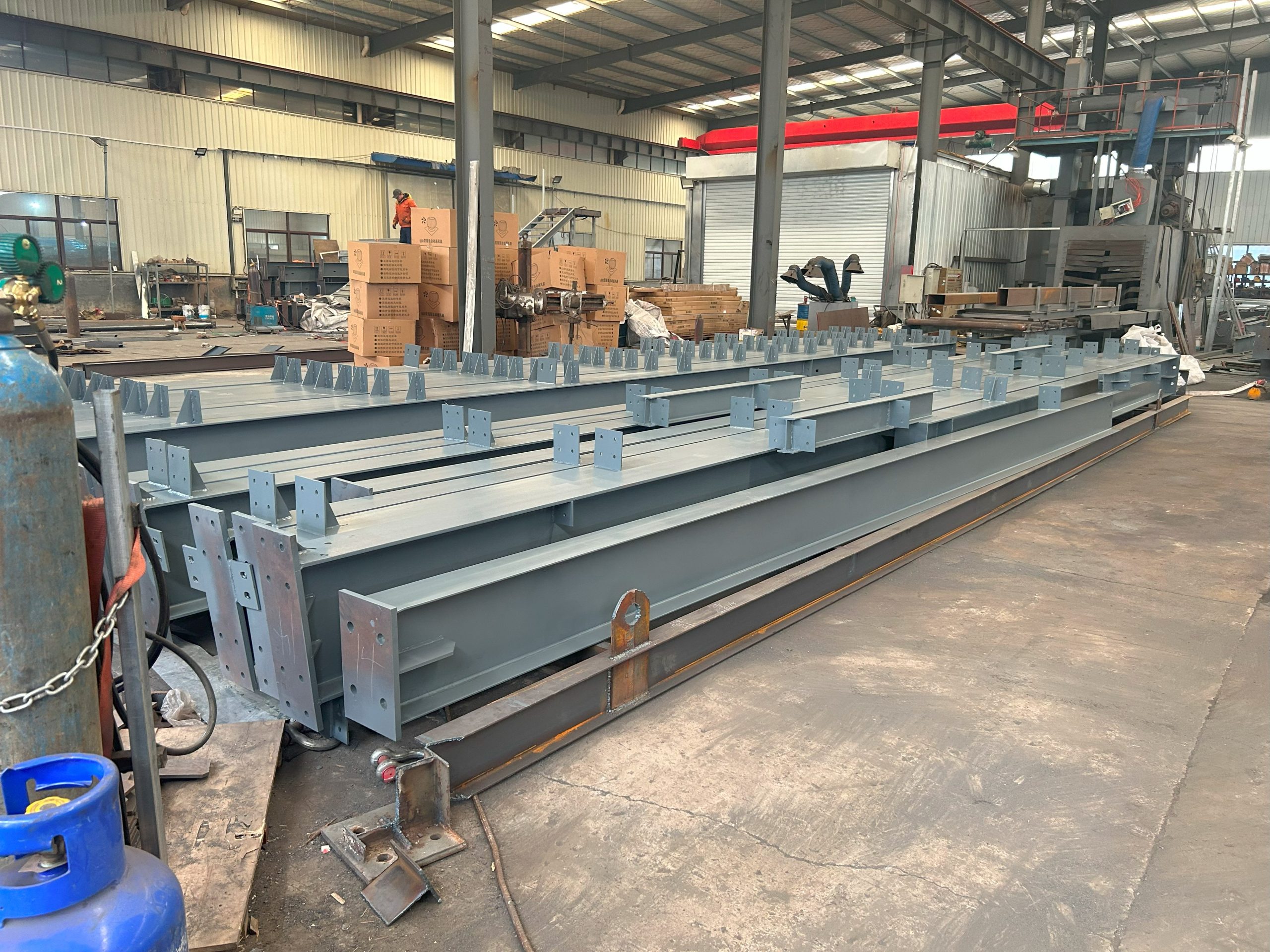
In addition to protective coatings, building owners can also use other anti-corrosion technologies such as cathodic protection and sacrificial anodes. Cathodic protection involves the use of a sacrificial metal that is more reactive than steel, such as zinc or magnesium, to protect the steel from corrosion. Sacrificial anodes are attached to the steel structure and corrode in place of the steel, effectively preventing corrosion from occurring.
Overall, regular maintenance and the use of anti-corrosion technology are essential for preserving the structural integrity and longevity of steel structure buildings. By conducting routine inspections, addressing any issues that arise, and using the appropriate anti-corrosion methods, building owners can ensure that their steel structures remain safe, durable, and cost-effective for many years to come.
Latest Anti-Corrosion Technologies for Steel Structures
Steel structure buildings are a popular choice for construction due to their durability, strength, and cost-effectiveness. However, one of the biggest challenges faced by steel structures is corrosion. Corrosion can weaken the structure, reduce its lifespan, and increase maintenance costs. Therefore, it is essential to implement proper maintenance and anti-corrosion technologies to ensure the longevity of steel structure buildings.
One of the most common methods used to protect steel structures from corrosion is the application of protective coatings. These coatings act as a barrier between the steel surface and the corrosive elements in the environment. There are various types of protective coatings available, such as epoxy coatings, polyurethane coatings, and zinc-rich coatings. Each type of coating has its own set of advantages and disadvantages, so it is important to choose the right one based on the specific requirements of the steel structure building.
In addition to protective coatings, cathodic protection is another effective anti-corrosion technology for steel structures. Cathodic protection works by applying a low-voltage electrical current to the steel structure, which helps to prevent corrosion by making the steel surface the cathode in a corrosion cell. This method is particularly useful for steel structures that are exposed to harsh environments, such as marine environments or industrial areas with high levels of humidity and pollution.
Regular maintenance is also crucial for preventing corrosion in steel structure buildings. Inspecting the structure regularly for signs of corrosion, such as rust or pitting, can help to identify potential issues before they escalate. In addition, cleaning the steel surface regularly to remove dirt, debris, and other contaminants can help to prevent corrosion from occurring. It is also important to repair any damaged coatings or protective layers promptly to ensure that the steel structure remains protected.
Another important aspect of maintenance for steel structure buildings is proper drainage and ventilation. Standing water or moisture can accelerate the corrosion process, so it is important to ensure that the structure is designed to allow for proper drainage and ventilation. This can help to prevent water from pooling on the steel surface and creating an environment conducive to corrosion.
In conclusion, maintenance and anti-corrosion technologies are essential for ensuring the longevity of steel structure buildings. Protective coatings, cathodic protection, regular maintenance, proper drainage, and ventilation are all important factors to consider when it comes to protecting steel structures from corrosion. By implementing these technologies and practices, steel structure buildings can remain strong, durable, and cost-effective for years to come.

